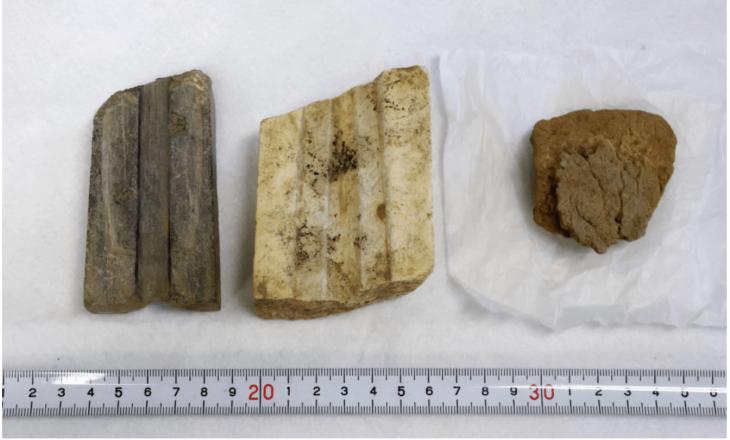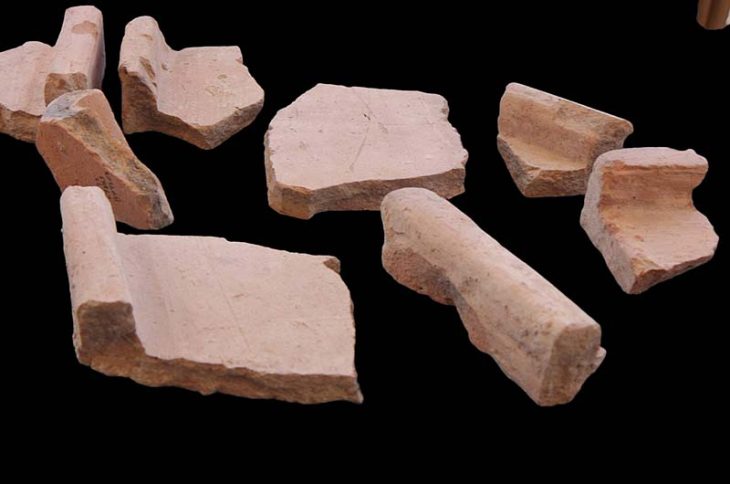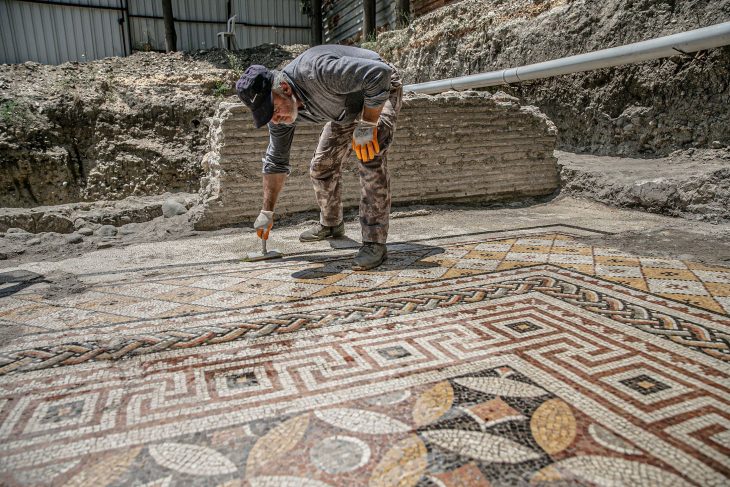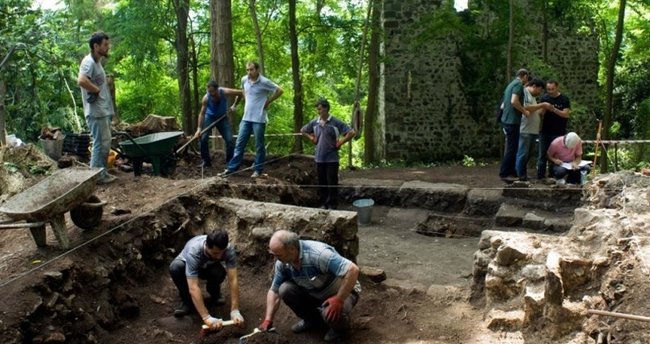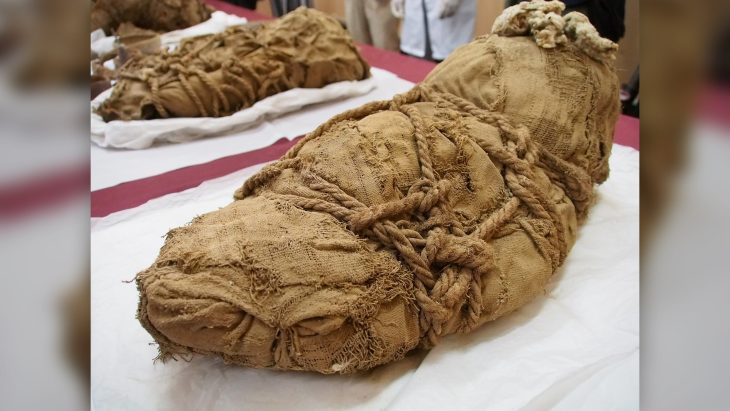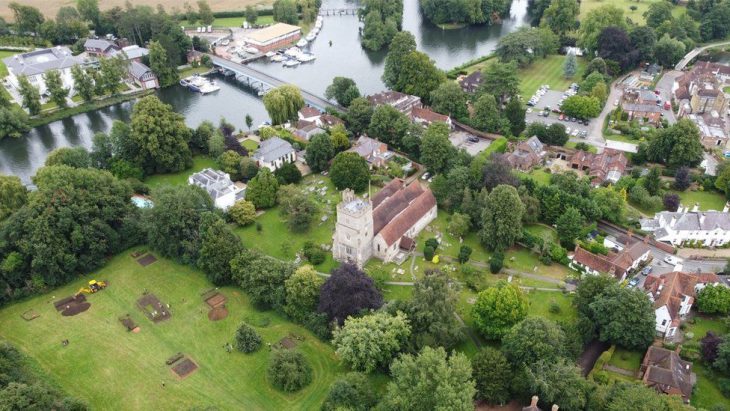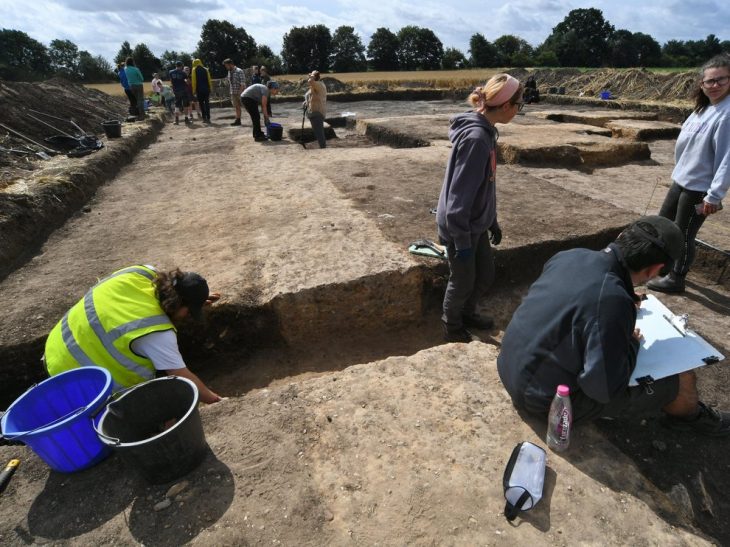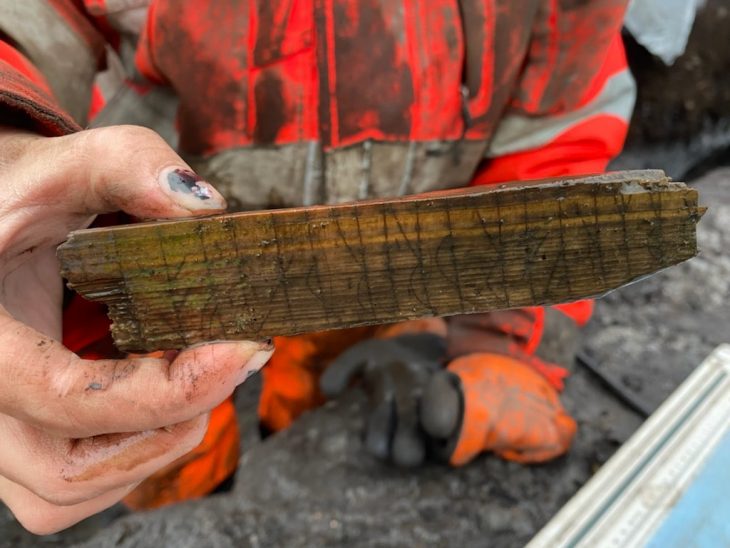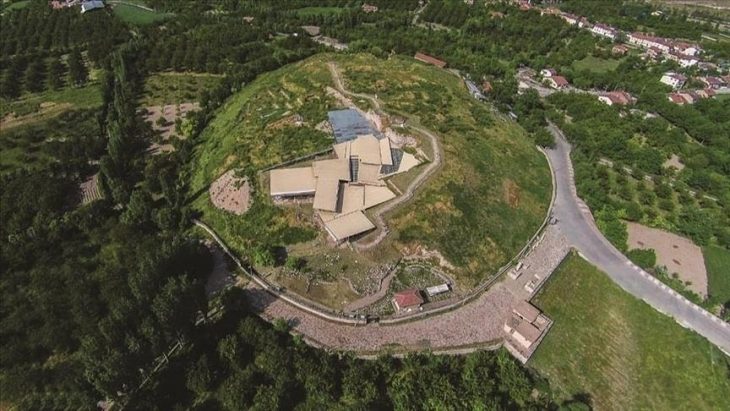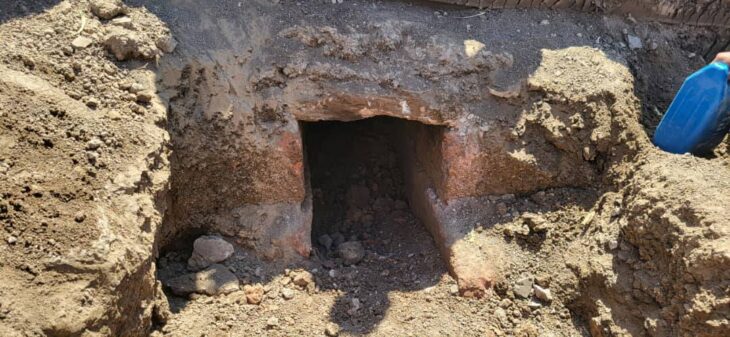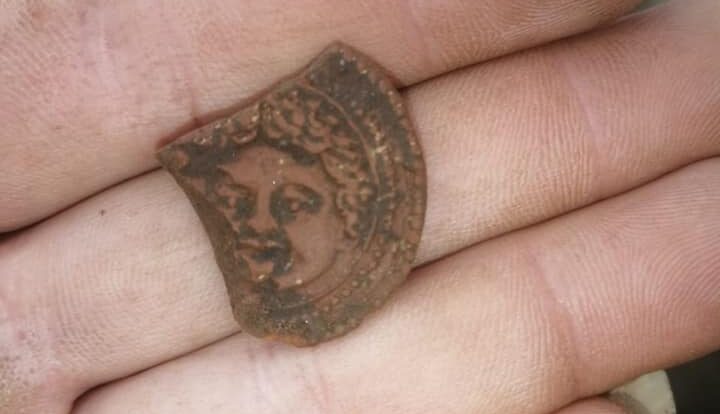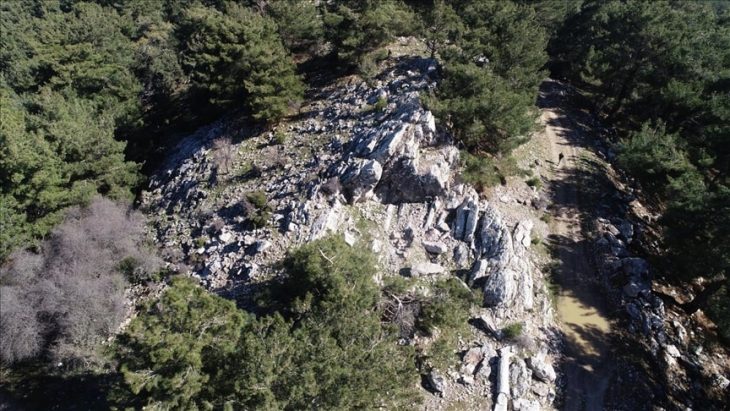In the 5000-year-old Panaztepe settlement located in the Menemen district of Izmir, structures thought to belong to the oldest period of the city were found.
It is estimated that Panaztepe was used as a settlement area from 3000 BC to the Byzantine period. Although it is located 10 kilometers (6.2 miles) inland today, it is believed to have been an island settlement and port city during the Bronze Age. New discoveries have increased the historical importance of this ancient site.
According to Dr. Ümit Çayır of Sivas Cumhuriyet University’s Archaeology Department, who is also the head of the archaeological excavations in Panaztepe, the site was a significant center, especially during the year 2000 B.C., with connections stretching to the Eastern Mediterranean, western Aegean, and even the Caucasus region, and was located at the intersection of the Mycenaean civilization in the west and Hittite civilization in the east.
Noting that his team was examining the era’s cultural structure via the dig, Çayır stated that they had discovered strata of habitation going back to the Early Bronze Age and classical times.
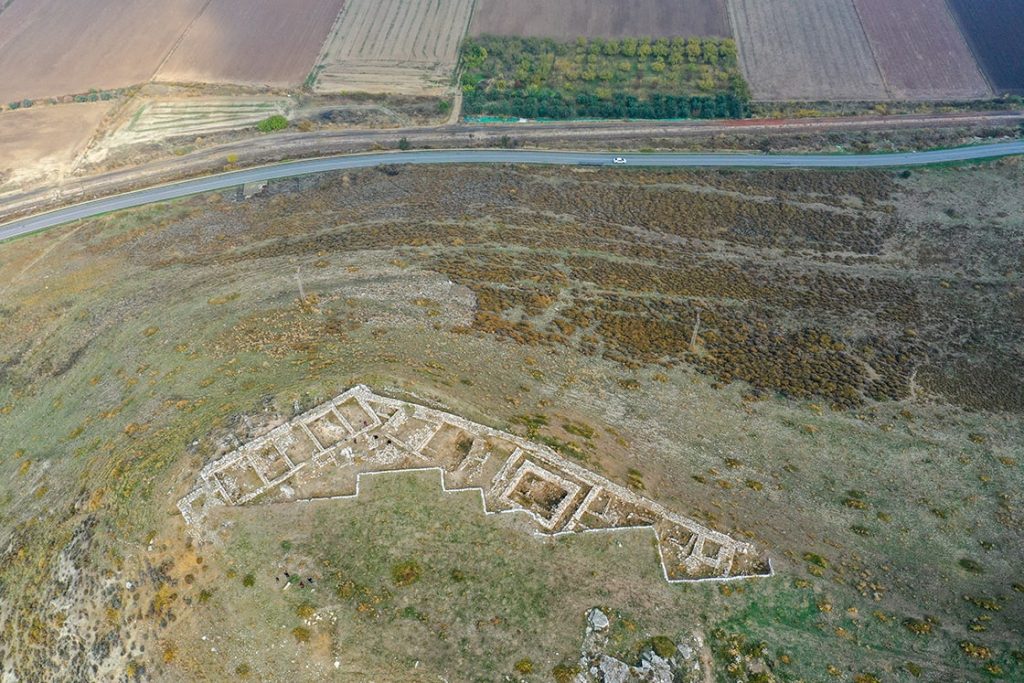
Although the scientific community has studied the remains of Panaztepe’s early Bronze Age, according to Çayır, the architectural evidence that Panaztepe was a settlement before that period is a new discovery.
📣 Our WhatsApp channel is now LIVE! Stay up-to-date with the latest news and updates, just click here to follow us on WhatsApp and never miss a thing!!
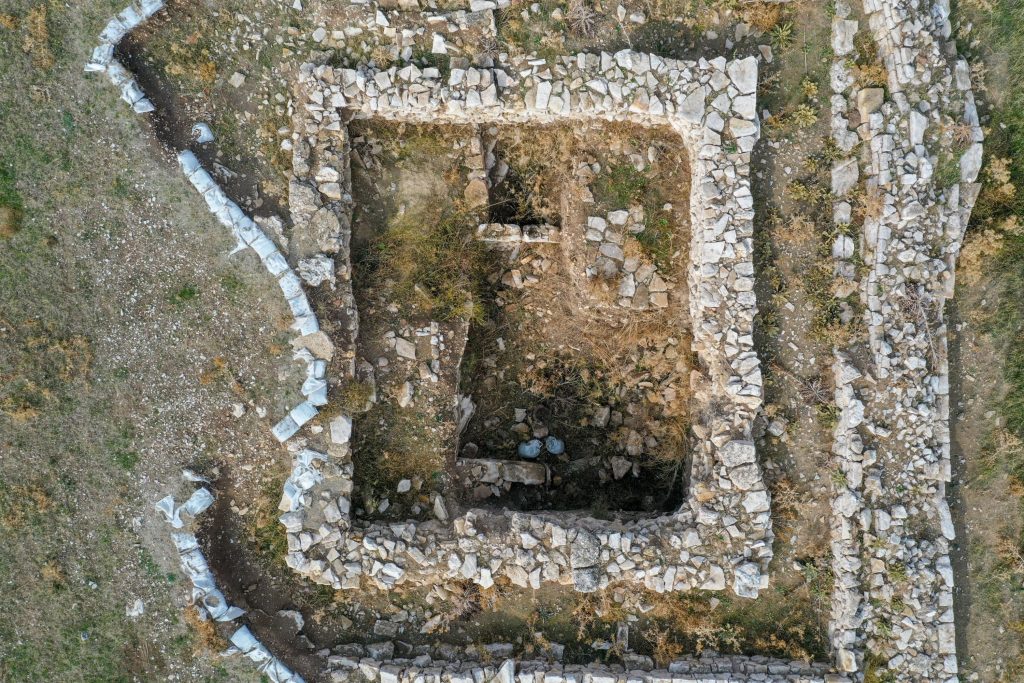
“We can say that we found the earliest-known settlement of Panaztepe. In other words, this is a settlement area dating back approximately 5,000 years. We plan to continue our work in the newly excavated area, in the acropolis and its foothills in Panaztepe,” he said.
He said the unearthing of architectural remains dating to the Early Bronze Age could also add a new dimension to the cultural history of the region. He also said the remains of walls of the period’s houses and stone fishing net weights discovered along with the ceramic finds show that it was once a port city. “Preliminary reports of geographical studies conducted in the region and Panaztepe also support this,” he added.
Çayır added that they hope to encounter important results for understanding the size and quality of the settlements belonging to these periods in the coming years.


